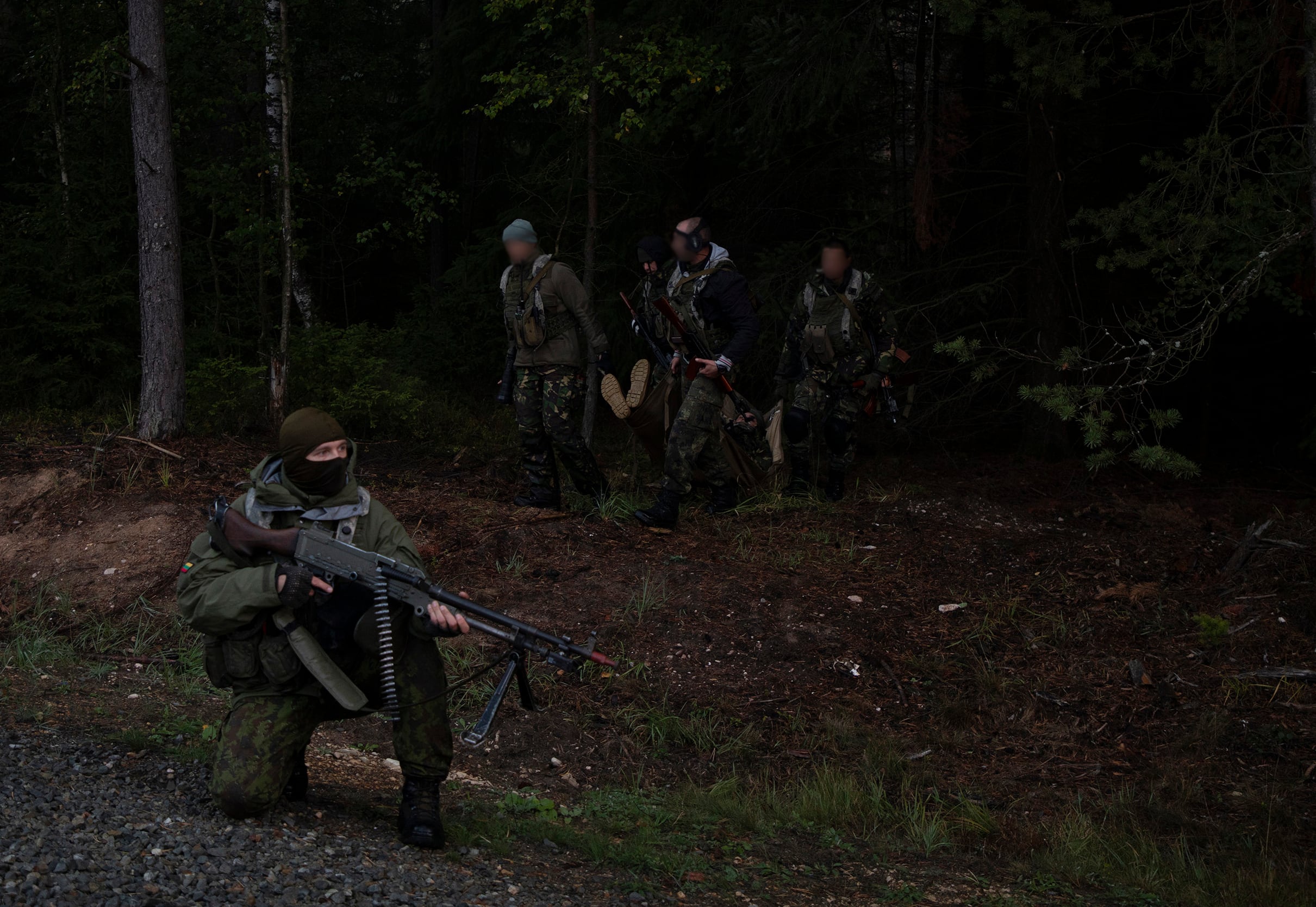Five years after Malaysia Airlines Flight 17 was shot out of the sky, killing all 298 aboard, a State Department official tells Military Times that the ongoing battle between Ukraine and Russian-backed separatists serves as a potential harbinger for the U.S. military in any conflict with Moscow.
“Ukraine is a laboratory of techniques and procedures,” George P. Kent, deputy assistant secretary in the European and Eurasian Bureau at the U.S. Department of State, told Military Times Tuesday afternoon. “The Russian military runs a sniper training school there. Instead of doing it on a range in Russia, they just do on the front lines with Ukraine. Much of the equipment that they are developing that shows up elsewhere, including in Syria, they try out first in Ukraine.”
Kent, who oversees U.S. State Department policy towards Ukraine, Moldova, Belarus, Georgia, Armenia, and Azerbaijan, was speaking during a break at a symposium held by the American Foreign Policy Council ahead of the fifth anniversary of the July 17, 2014, shootdown of MH-17.
He was among a number of speakers that included Aric Toler, a reporter with the Bellingcat collective, which has flushed out details, including many from the ongoing Dutch-led criminal investigation that has resulted in the naming of four suspects charged with murder in the shootdown — three Russians and a Ukrainian.
The most prominent of the four is Igor Girkin, a Russian national and the defense minister of the so-called Donetsk People’s Republic, a Russian-based separatist group in eastern Ukraine.
Toler told the audience that according to Dutch investigators, Girkin’s group procured a Buk M-1 anti-aircraft system from Russia that was manned by a crew of four soldiers from Russia’s 53rd Anti-Aircraft Missile Brigade. It fired at an aircraft it initially believed to be a Ukraine cargo or fighter jet.
The Bellingcat Investigation Team, according to its website, says the deployment of the Buk missile launcher used to shoot down the airliner “involved senior officers of the Russian Ministry of Defense and its military intelligence agency, the GRU. However, questions still linger over the involvement in the downing of other previously unidentified individuals.”
Russia has vociferously denied involvement and Girkin told The Associated Press last month by phone that “the insurgents did not shoot it down.”
Malaysian Prime Minister Mahathir Mohamad rejected the implication that Russia may have been involved in the downing of the flight, according to the AP.
“We are very unhappy because from the very beginning, it became a political issue on how to accuse Russia of the wrongdoing,” he told reporters. “Even before they examine (the debris), they already say Russia. So it is very difficult for us to accept that.”
But as investigators try to determine exactly who is responsible for taking down the aircraft, which took off from Amsterdam bound for Malaysia, Kent said that there is a lot to learn from Russian actions in Ukraine.
Including the use of weapons systems like the Buk.
The “full spectrum” of Russian military doctrine has been on display in Ukraine for the last five years, since they took over the Crimea, assisted rebels in the east and in November captured 24 Ukrainian sailors and three vessels after opening fire on them in the Kerch Strait, linking the Black Sea and Sea of Azov. Those sailors remain captives.
That doctrine includes the use of conventional forces like mechanized infantry backed by armor and artillery, special forces, assassination and bombings, electronic warfare, cyber attacks, and the weaponization of information. It is a combination of efforts often referred to as “hybrid warfare.”
“Similar tactics have been employed elsewhere in Europe,” Kent told the audience, explaining the “collective need for us to counter this malign influence from Russia and be prepared to do so over the long haul.”
RELATED

U.S. forces have experienced these tactics as well.
In April 2018 then-U.S. Special Operations Command leader, Army Gen. Raymond A. “Tony” Thomas III, said commandos were being targeted by Russian electronic warfare systems.
One of the “wicked problems” commandos are facing now is in Syria, said Thomas, calling it the “most aggressive electronic warfare environment on the planet from our adversaries..."
So as the U.S military works to train Ukraine partner forces, Kent told Military Times there is a lot the U.S. can learn, as well.
“I think there is a great opportunity, even as we are helping the Ukrainian military build its own resilience against Russian aggression, for us to learn from the modern way of Russia doing war in Ukraine,” he said in an interview.
Things have changed since Russia invaded Georgia in 2008, said Kent, and what they are learning in Ukraine has been applied to places like Syria.
“I think the U.S. military is paying very close attention," said Kent, "to how the Russians fight in Ukraine and the equipment and tactics and techniques they are employing.”
More than 13,000 Ukrainians have been killed since the conflict began, Kent said.
Howard Altman is an award-winning editor and reporter who was previously the military reporter for the Tampa Bay Times and before that the Tampa Tribune, where he covered USCENTCOM, USSOCOM and SOF writ large among many other topics.




